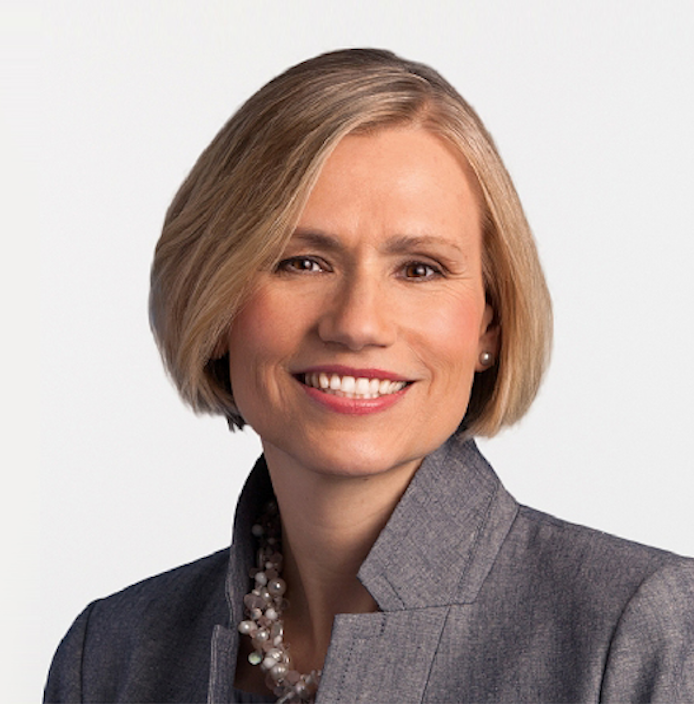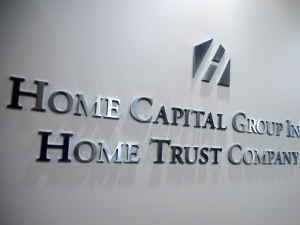by Kristina Hooper, Global Market Strategist, Invesco Canada
I spent the past week in Knoxville, Tennessee, watching my daughter’s basketball team play in a national tournament. I am the unofficial scorekeeper of the team, which makes the experience even more interesting, as I track the games on a variety of metrics. What I found is that the risks to my daughter’s team were different in each game, depending on the abilities of the opposing team. It reminded me that various market environments present different risks and, just as quickly as one game ends and a new game against a different team begins, so too can environments change.
And that’s what we saw last week. One major risk that I have worried about for a year now was the potential for the next European Central Bank (ECB) president to be a monetary policy hawk. I felt that would create a significant headwind for European markets, given that current ECB President Mario Draghi’s dovishness had driven down systemic stress during his tenure. However, that risk dissipated last week with the nomination of Christine Lagarde for the ECB presidency.
Lagarde was a long-shot candidate, with pundits expecting Jens Weidmann of the German Bundesbank as the most likely choice. Weidmann, who historically had been a vociferous critic of quantitative easing, softened his rhetoric in recent months in an apparent attempt to secure the ECB position. However, in the horse trading that is a part of determining who is nominated to EU leadership roles, French President Emmanuel Macron was able to secure the nomination for his fellow French citizen, Lagarde.
Like Federal Reserve (Fed) Chair Jay Powell, Lagarde is not an economist but does have relevant experience given her current role as the leader of the International Monetary Fund and in her past experience as the Minister of the Economy, Finance and Industry. Based on all that I know of her and in particular from her statements in recent years, I believe she is the most likely to continue Draghi’s dovish policies. I also believe she has the potential to be a visionary as leader of the ECB. She has long recognized both the disruptive and positive qualities of cryptocurrencies, blockchain and financial technology in general. She is likely to work toward greater regulation that could ultimately lead to greater adoption. What’s more, she is a career politician who may ironically be better equipped to fend off growing attempts to politicize central banks. All in all, I believe a key risk for European markets has dissipated.
As one risk recedes, another emerges
But just as one risk dissipated, another appeared. That happened on Friday with the release of the US employment situation report. It showed that job creation in June was very strong: 224,000 non-farm payrolls were added in the month, which was much better than expected. This strong jobs report raised questions about whether the Fed could justify cutting rates in July, which sent stocks lower. After all, the market had assumed the Fed would be loosening monetary policy in the short term, which has been an important catalyst for the recent rally in stocks. And so now a new risk — that the Fed won’t be able to justify a rate cut in the coming months — has arisen.
However, I believe the Fed could certainly justify a rate cut. First of all, average hourly earnings remain relatively tame at 3.1%1— well below where they would normally be at this stage in an expansion, suggesting inflation is likely to remain well contained. And while June’s jobs report was a blowout, it comes on the heels of more modest reports. The three-month average job gain for the second quarter, factoring in downward revisions to April and May, is slightly below the three-month average for the first quarter and far below the three-month average for the fourth quarter.1 Alternatively, the Fed could simply choose to raise its inflation target, as various Federal Open Market Committee members have suggested in the last several months. While there is always the risk that the Fed will not get as accommodative as the market hopes for, it will likely err on the side of giving the market what it needs.
The good news is that we could get a greater understanding of the risks facing markets this week through the words of Powell, who gives his semi-annual Humphrey-Hawkins testimony to Congress. He will likely get questions on a few topics currently in the news, including how he could justify a rate cut in the near term given relatively strong economic data such as Friday’s jobs report — as well as the politicization of the Fed given recent disparaging comments from President Donald Trump, and reports that the White House had attempted to find a way to demote Powell. We were reminded just today that the politicization of central banks could be a very real risk given Turkish President Recep Tayyip Erdogan’s firing of his central bank governor.
We should learn more about what the Fed may do as we move closer to the July 30-31 Fed meeting. In the meantime, I believe that signs point to an accommodative Fed. The ECB risk factor has gone away, but I don’t believe another has emerged in its place.
This post was originally published at Invesco Canada Blog
Copyright © Invesco Canada Blog














